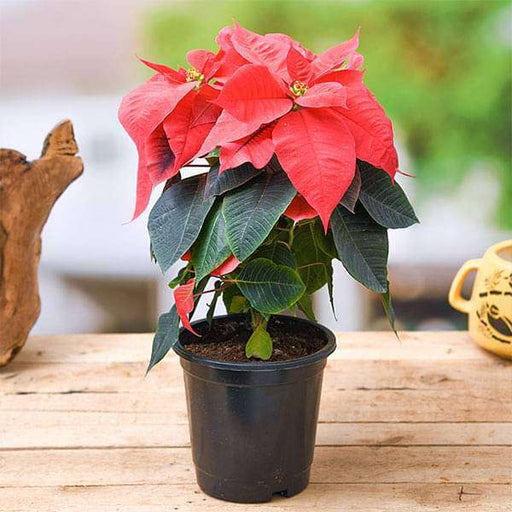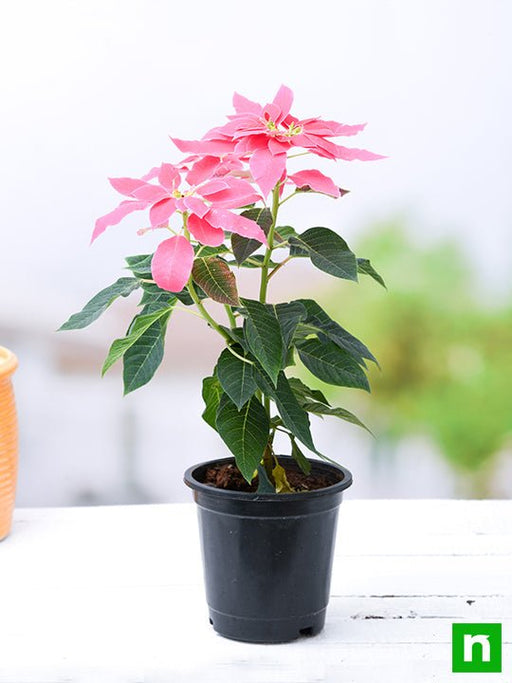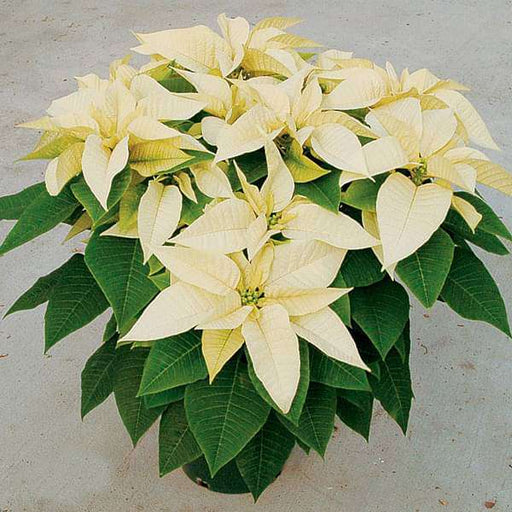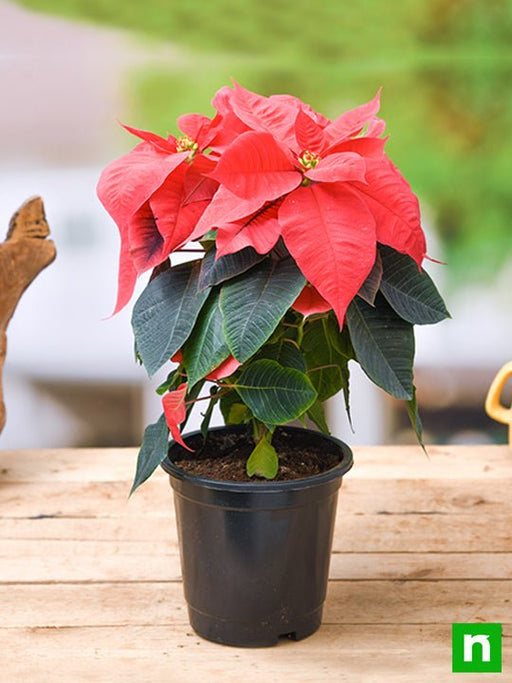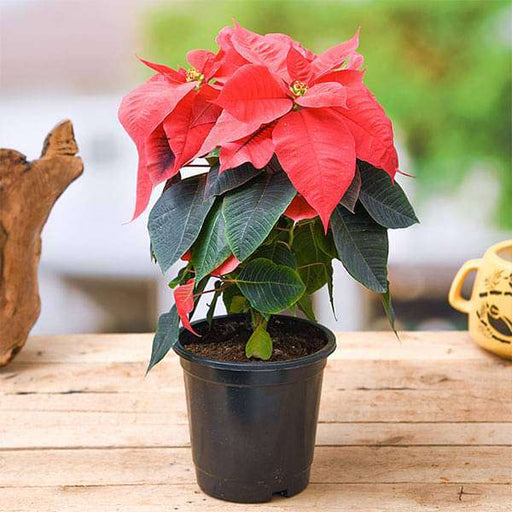Poinsettia Plant Care
Poinsettias are a popular holiday plant, but they require specific care to thrive. Proper watering, sunlight, and temperature are key to keeping your poinsettia healthy throughout the season.
Poinsettia Plant History
Poinsettias have a rich history, with origins in Mexico and a fascinating backstory involving an American diplomat and botanist named Joel Poinsett. Learning about the history of poinsettias can add to your appreciation of these festive plants.
Poinsettia Plant Colors
Poinsettias come in a range of colors, from classic red and white to pink, yellow, and even multicolored varieties. Choosing the right color can help create a stunning holiday display.
Poinsettia Plant Symbolism
Poinsettias have symbolic meanings, with red poinsettias symbolizing love and white poinsettias representing purity and innocence. Understanding the symbolism of poinsettias can add extra meaning to your holiday decorations.
Poinsettia Plant Decorating
Poinsettias are a popular plant for holiday decorating, with many creative ways to incorporate them into your décor. From table centerpieces to wreaths and garlands, poinsettias can add a festive touch to your home.
Poinsettia Plant Toxicity
Poinsettias have a reputation for being toxic to pets and children, but the level of toxicity is actually quite low. Understanding the risks and taking proper precautions can help ensure the safety of your loved ones.
Poinsettia Plant Propagation
Poinsettias can be propagated through stem cuttings, but it can be a tricky process. Understanding the best propagation methods can help you successfully grow new poinsettia plants.
Poinsettia Plant Arrangements
Poinsettias can be arranged in a variety of ways, from simple potted plants to elaborate floral arrangements. Choosing the right container and accessories can help create a stunning display.
Poinsettia Plant Gift Giving
Poinsettias make a great gift for the holiday season, with many options for sizes, colors, and arrangements. Understanding the preferences of the recipient can help you choose the perfect poinsettia gift.
Poinsettia Plant Landscape Design
Poinsettias can be incorporated into landscape design, with many varieties offering year-round foliage and color. Understanding the growing requirements and landscaping options can help you create a beautiful garden display.
Poinsettia Plant Mythbusting
There are many myths and misconceptions about poinsettias, from their level of toxicity to their supposed short lifespan. Understanding the facts can help dispel these myths and help you better care for your poinsettias.
Poinsettia Plant Soil Requirements
Poinsettias require well-draining soil that is rich in organic matter. The soil should be kept moist but not waterlogged, as excess moisture can lead to root rot and other issues.
Poinsettia Plant Watering
Poinsettias require regular watering, with the soil kept moist but not waterlogged. Watering should be done at the base of the plant to prevent damage to the leaves and flowers.
Poinsettia Plant Fertilizing
Fertilizing poinsettias can help promote healthy growth and abundant blooms. Use a balanced fertilizer formulated for poinsettias, and follow the manufacturer's instructions for application.
Poinsettia Plant Sun Requirements
Poinsettias require varying amounts of sunlight to thrive, with some preferring full sunlight and others thriving in shade. Understanding the sun requirements of each plant can help you choose the best location for planting.
Poinsettia Plant Temperature Requirements
Poinsettias are sensitive to temperature changes and require a consistent temperature range to thrive. They prefer temperatures between 60-70 degrees Fahrenheit during the day and 55-65 degrees Fahrenheit at night.
Poinsettia Plant Pruning
Pruning poinsettias can help promote bushy growth and prevent leggy stems. Prune the plant after it has finished blooming, cutting back the stems by about one-third.
Poinsettia Plant Transplanting
Poinsettias can be transplanted into larger pots or moved outdoors in warmer climates. Transplanting should be done carefully, taking care not to damage the roots.
Poinsettia Plant Pest Control
Poinsettias are susceptible to several pests, including aphids, whiteflies, and spider mites. Understanding the signs of pest infestation and using appropriate pest control methods can help protect your poinsettias.
Poinsettia Plant Diseases
Poinsettias can be affected by several diseases, including powdery mildew and root rot. Understanding the signs of disease and taking appropriate preventive measures can help keep your poinsettias healthy.



